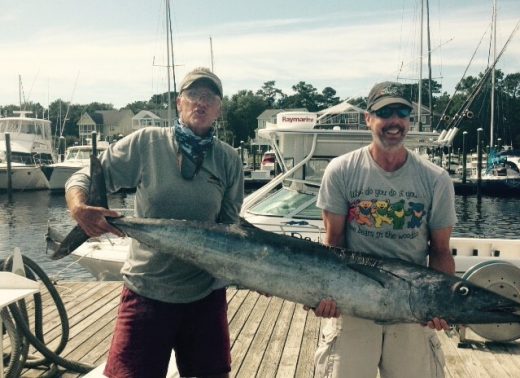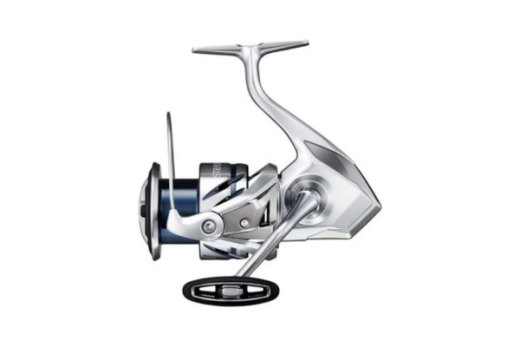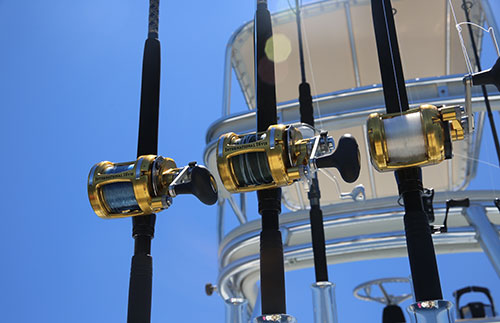The Art Of The Perfect Inshore “Hook-Up”
Do fishing tactics change between inshore and offshore fishing? Not so much when it comes to the hook-up.
So, here’s where you start. Once you get a bite, it’s sometimes hard to remember to focus on reeling the line tight and pulling the rod back slow and steady. A quick jerk of the line can cause a break while a loose line can cause the fish to spit the hook. Set up your rod and line to best work for the species you want to catch, and conditions you’re fishing in. If you like to set the hook hard, use monofilament on a softer rod. If you’re more experienced, go with a stiffer rod and use the tougher braided line. The results will be far better and your lost fish will decrease. It’s important to remember that braid has less flex than mono so you can easily break your line by jerking the hook and have the drag set too tight.
You may be interested

An Oyster Roast at Christmas…. Southern Style
Tim Wilson - December 15, 2025By the time the first stars show over the marsh, the fire is already glowing. Oak and pine crackle beneath a heavy sheet of metal, and the…
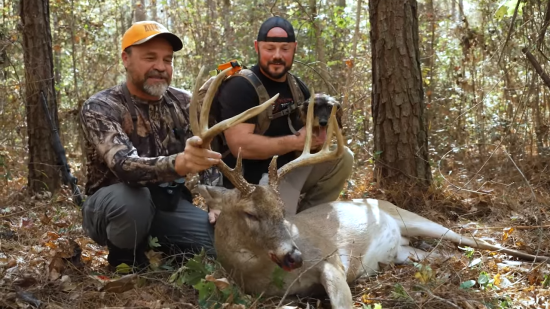
BIG NC 8 Point COMES IN TO RATTLING!!
Tim Wilson - December 15, 2025The rut is just getting underway and with each sit Chris edges his way closer to a large core area that a number of bucks were using…
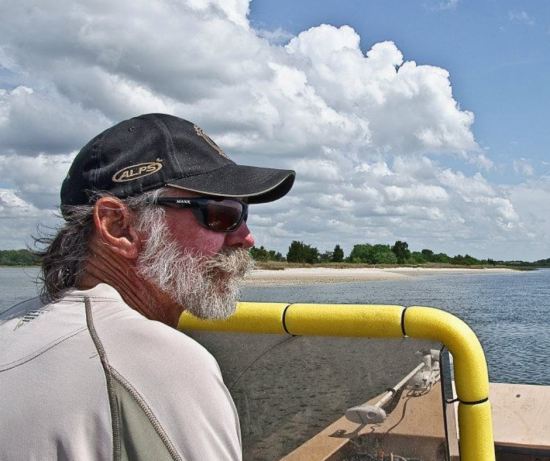
How Environment Changes Have Impacted Fishing…..The Parsons’ Perspective
Tim Wilson - December 15, 2025Saltwater Angler & Sportsman Legend of Saltwater Fishing edition of The Parsons' Perspective. In this video, Lee talks about how environmental changes have a negative impact on…
Most from this category
